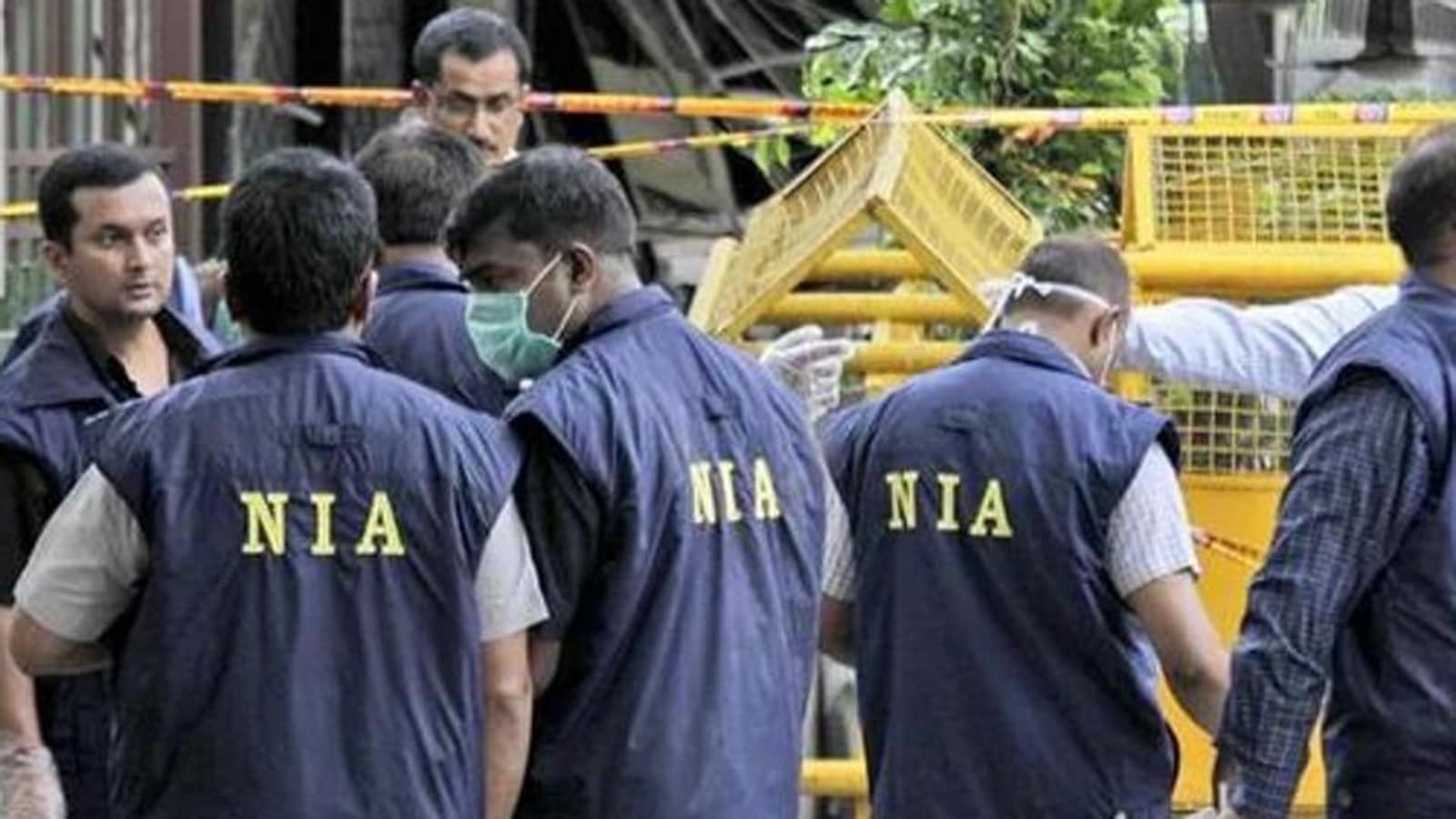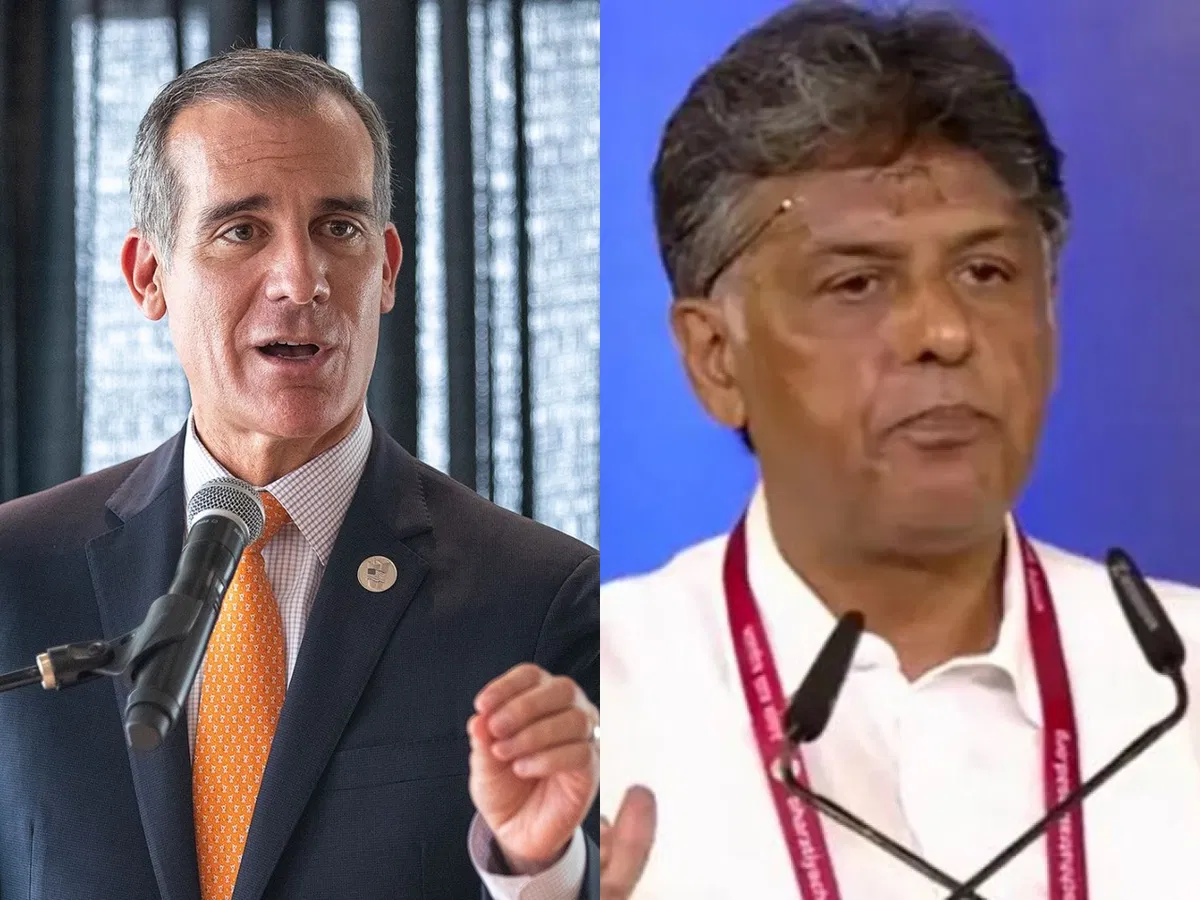In a significant development, the National Investigation Agency (NIA) has made a major breakthrough by apprehending a member of the Pakistan-based terror group Jaish Mohammad (JeM). The arrest of Mohammad Ubaid Malik from Kupwara is a significant milestone in the fight against terrorism in the troubled region of Jammu and Kashmir. Malik’s involvement in a terror conspiracy case has shed light on the intricate web of activities orchestrated by operatives and over ground workers associated with various proscribed terrorist organisations.
According to the NIA, Malik had been in constant communication with a Jaish commander based in Pakistan, exchanging classified information, particularly regarding troop and security force movements. The recovered evidence during the investigation provides a glimpse into Malik’s role in facilitating terrorist activities in the Kashmir Valley.
Incriminating Evidence Revealed: jaish’s Role in Fueling Terror Activities
The NIA registered the case on June 21 of the previous year, which revolves around a series of conspiracies orchestrated by operatives and over ground workers associated with multiple proscribed terrorist organizations. These individuals collaborated with their commanders in Pakistan to carry out various illegal activities, including the collection and distribution of narcotics, cash, weapons, and Improvised Explosive Devices (IEDs). Of particular concern are the remote control-operated sticky bombs and magnetic bombs being used, as they pose a significant threat to the safety and security of the region.
The NIA has discovered that these IEDs and explosives are being transported using drones and are also being assembled locally within Jammu and Kashmir. This alarming revelation highlights the evolving tactics employed by terrorist organizations to carry out attacks within the region. The primary targets of these attacks are minority groups and security forces personnel, with the intention of creating instability and fear.
The investigation has further revealed that these conspiracies are not limited to physical operations but also extend to the cyberspace. Terrorists are utilizing encrypted social media applications for communication and coordination, making it challenging for law enforcement agencies to detect and intercept their activities. This digital dimension adds a new layer of complexity to counter-terrorism efforts of Jaish.
The arrest of Mohammad Ubaid Malik by the NIA underscores the agency’s unwavering commitment to combat terrorism in Jammu and Kashmir. By apprehending key individuals involved in these conspiracies, the NIA aims to disrupt the logistical supply chain of arms, explosives, and funds that sustain terrorist activities. The arrest serves as a clear message that those who attempt to disrupt the peace and security of the region will be held accountable for their actions.
This development highlights the grave threat posed by Pakistan-based terror organizations to the security and stability of Jammu and Kashmir. It exposes their persistent efforts to infiltrate the region and carry out attacks against innocent civilians and security personnel. The diligent investigation conducted by the NIA and the subsequent arrest of Mohammad Ubaid Malik signify a crucial step towards dismantling these networks and safeguarding the peace and security of the union territory.
The recovery of incriminating documents during the operation provides valuable evidence that can establish the guilt of the accused. These documents shed light on the operational mechanisms of the Jaish-e-Mohammad and provide insights into their strategies and tactics. By analyzing this evidence, the NIA can gather intelligence and develop a comprehensive understanding of the modus operandi employed by such terrorist outfits.
The use of encrypted social media applications for communication and coordination reflects the evolving nature of terrorist activities in the digital age. It poses new challenges for law enforcement agencies in terms of surveillance, detection, and interception of these communication channels. The NIA’s ability to navigate through these challenges demonstrates their expertise and determination to stay ahead of terrorists who exploit technology for their nefarious Jaish activities.
The relentless pursuit of individuals involved in terror conspiracies by the NIA sends a strong message to those who attempt to disrupt the peace and security of Jammu and Kashmir. It showcases the government’s unwavering commitment to protect its citizens and counter the activities of Pakistan-based terrorist groups. The arrest of Jaish Mohammad Ubaid Malik serves as a warning to other operatives involved in similar activities that their actions will not go unnoticed, and they will be held accountable for their crimes.
NIA’s Investigation Unveils Jaish-e-Mohammad’s Strategies and Tactics
In conclusion, the arrest of a Jaish operative by the NIA in Jammu and Kashmir unveils a larger terror conspiracy and reaffirms the urgent need to address the persistent threat of terrorism in the region. The NIA’s efforts to dismantle terrorist networks and bring individuals involved in such activities to justice contribute significantly to restoring peace, stability, and communal harmony in Jammu and Kashmir. The operation stands as a testament to the unwavering determination of the Indian government and its security agencies to safeguard the nation from the menace of terrorism.
In a significant development, the National Investigation Agency (NIA) has made a major breakthrough by apprehending a member of the Pakistan-based terror group Jaish-e-Mohammad (JeM) involved in a terror conspiracy case in Jammu and Kashmir. The arrested individual, Mohammad Ubaid Malik from Kupwara, has been found to maintain constant communication with a Jaish commander based in Pakistan. Malik’s activities primarily revolved around providing classified information, particularly regarding troop and security force movements. This arrest marks a significant milestone in the ongoing efforts to combat terrorism in the troubled region.
The NIA has been actively investigating a case registered on June 21 of the previous year, which focuses on a web of conspiracies orchestrated by operatives and over ground workers associated with various proscribed terrorist organizations. Jaish, These individuals have colluded with their commanders based in Pakistan, engaging in activities that involve the collection and distribution of narcotics, cash, weapons, and Improvised Explosive Devices (IEDs). Of particular concern are the utilization of remote control-operated sticky bombs and magnetic bombs. The recovery of substantial incriminating evidence during the investigation sheds light on Malik’s role in furthering terrorist activities in the Kashmir Valley.
It is alarming to note that the NIA has discovered the transportation of these IEDs and explosives using drones, as well as their local assembly within Jammu and Kashmir. The utilization of drones highlights the evolving tactics employed by terrorist organizations to carry out attacks within the region. The targets of these attacks primarily include minority groups and security forces personnel, with the aim of causing instability and fear.
Furthermore, the NIA has uncovered that these conspiracies extend beyond physical operations, with terrorists utilizing encrypted social media applications for communication and coordination. This poses significant challenges for law enforcement agencies in terms of surveillance, detection, and interception of these communication channels. The ability of terrorists to exploit technology for their nefarious activities underscores the need for enhanced measures to combat such threats in the digital age.
The apprehension of Mohammad Ubaid Malik by the NIA underscores their unwavering commitment to combating terrorism in Jammu and Kashmir. By apprehending key individuals involved in these conspiracies, the NIA aims to disrupt the logistical supply chain of arms, explosives, and funds that sustain terrorist activities. The arrest serves as a clear message that those who attempt to disrupt the peace and security of the region will be held accountable for their actions.
This arrest also highlights the grave threat posed by Pakistan-based terror organizations to the security and stability of Jammu and Kashmir. It exposes their persistent efforts to infiltrate the region and carry out attacks against innocent civilians and security personnel by Jaish. The diligent investigation conducted by the NIA and the subsequent arrest of Mohammad Ubaid Malik signify a crucial step towards dismantling these networks and safeguarding the peace and security of the union territory.
The recovery of incriminating documents during the operation provides valuable evidence to establish the guilt of the accused. These documents shed light on the operational mechanisms of the Jaish-e-Mohammad and provide insights into their strategies and tactics. By analyzing this evidence, the NIA can gather intelligence and develop a comprehensive understanding of the modus operandi employed by such terrorist outfits by Jaish.
 The use of encrypted social media applications for communication and coordination reflects the evolving nature of terrorist activities in the digital age. It poses new challenges for law enforcement agencies in terms of surveillance, detection, and interception of these communication channels. The NIA’s ability to navigate through these challenges demonstrates their expertise and determination to stay ahead of terrorists who exploit technology for their nefarious activities by Jaish.
The use of encrypted social media applications for communication and coordination reflects the evolving nature of terrorist activities in the digital age. It poses new challenges for law enforcement agencies in terms of surveillance, detection, and interception of these communication channels. The NIA’s ability to navigate through these challenges demonstrates their expertise and determination to stay ahead of terrorists who exploit technology for their nefarious activities by Jaish.
















